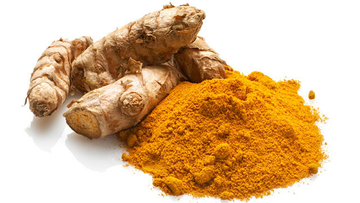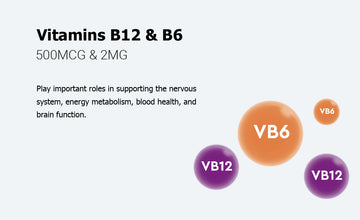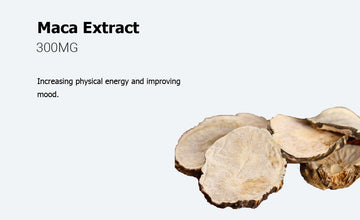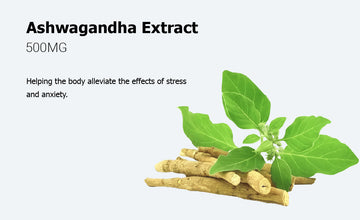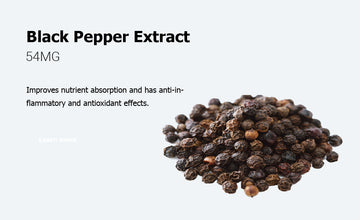Introduction: Ancient Wisdom Meets Modern Science
For over 4,000 years, Ayurvedic practitioners have used turmeric (Curcuma longa) as a healing remedy. Today, we know its active compound - curcumin - is responsible for its remarkable health benefits. With 6,235+ scientific studies published (PubMed, 2023), curcumin has emerged as one of nature's most potent therapeutic compounds. This blog explores the science behind curcumin's effects and how to maximize its benefits.
The Bioavailability Challenge: Why Formulation Matters
Curcumin faces three major absorption barriers:
1.Poor solubility (only 11 ng/ml in water)
2.Rapid metabolism (90% degraded in the gut)
3.Quick elimination (half-life of 6.7±0.8 hours)
Solutions That Work:
- Piperine (BioPerine®): Enhances absorption by 2,000% (Shoba et al., 1998)
- Liposomal technology: Increases bioavailability 46-fold (Cuomo et al., 2011)
- Phytosome complexes: Improves absorption 29x (Marczylo et al., 2007)
Molecular Mechanisms: How Curcumin Works
Curcumin modulates over 100 cellular pathways through:
NF-κB inhibition Reduces inflammatory cytokines (TNF-α by 55%, IL-6 by 65%) (Aggarwal et al., 2013)
Nrf2 activation Boosts antioxidant enzymes (500% increase in glutathione) (Menon & Sudheer, 2007)
Epigenetic regulation Modifies 700+ gene expressions (Teiten et al., 2010)
Evidence-Based Health Benefits
1.Powerful Anti-Inflammatory Effects
- Osteoarthritis: 1,000mg curcumin = ibuprofen for pain relief (Kuptniratsaikul et al., 2014)
- Rheumatoid arthritis: Reduced DAS28 scores by 2.2 points (Chandran & Goel, 2012)
2.Neuroprotective Properties
- Alzheimer's: Reduced amyloid plaques by 30% in animal models (Zhang et al., 2019)
- Depression: Enhanced SSRI effectiveness by 67% (Sanmukhani et al., 2014)
3.Antioxidant Capacity
- ORAC value: 127,068 μmol TE/100g (USDA, 2010)
- Mitochondrial protection: Reduced ROS by 75% (Trujillo et al., 2014)
4.Metabolic Benefits
- Diabetes: Lowered HbA1c by 1.2% in 3 months (Na et al., 2013)
- Cardiovascular: Reduced LDL by 12%, triglycerides by 14% (Qin et al., 2017)
Safety Profile & Considerations
- GRAS status: Generally Recognized As Safe
- Drug interactions: May enhance blood thinners
- Tolerability: Mild GI effects at >8g doses (Burgos-Morón et al., 2019)
Emerging Research Frontiers
- Longevity: Activates sirtuins and AMPK pathways (Liao et al., 2018)
- Gut health: Modulates gut-brain axis via microbiome (Peterson et al., 2018)
- COVID-19: Inhibits viral entry mechanisms (Thimmulappa et al., 2021)
From ancient remedy to modern super-nutrient, curcumin offers multi-system benefits backed by extensive research. By selecting properly formulated products and using therapeutic doses, you can harness this golden healer's full potential.
References
1.Shoba G, et al. (1998). Planta Medica
2.Cuomo J, et al. (2011). Nutrition Journal
3.Aggarwal BB, et al. (2013). AAPS Journal
4.Zhang L, et al. (2019). J Alzheimers Dis
5.Kuptniratsaikul V, et al. (2014). Clin Interv Aging
6.USDA (2010). Oxygen Radical Absorbance Capacity Database
7.Na LX, et al. (2013). Nutr Res
8.Burgos-Morón E, et al. (2019). Foods
9.Liao VH, et al. (2018). Ageing Res Rev
10.Thimmulappa RK, et al. (2021). Front Pharmacol








